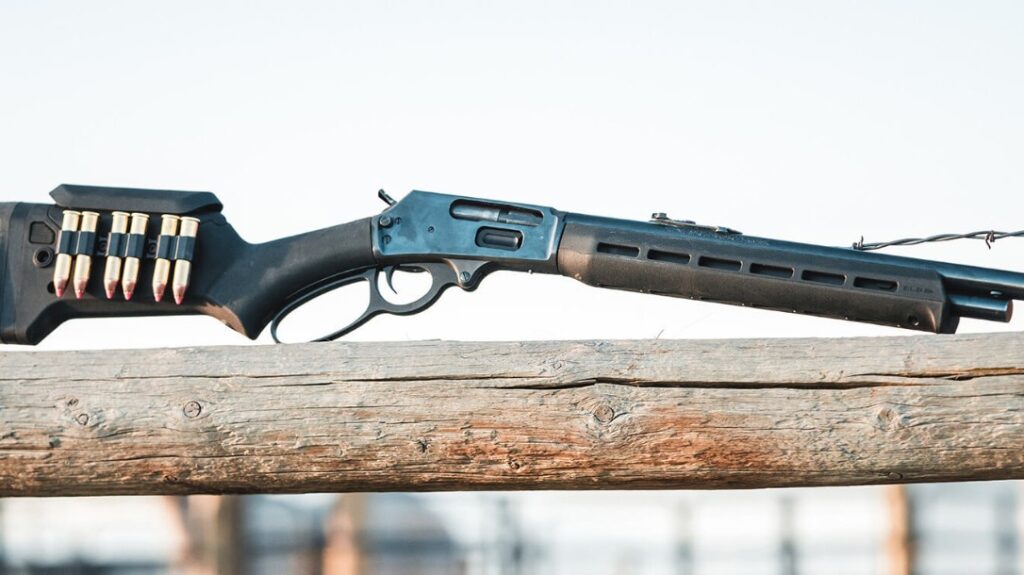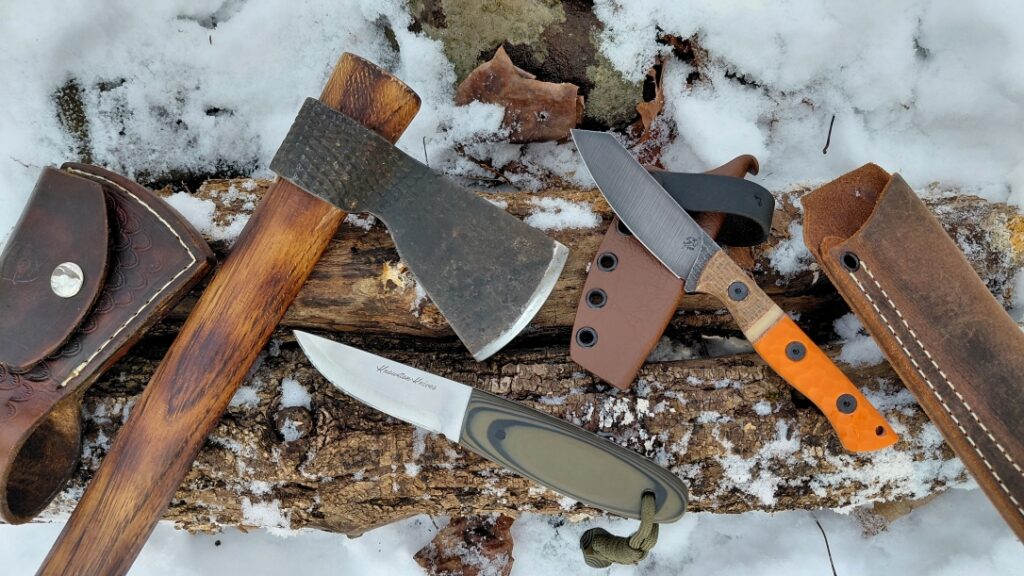As I’m writing this, I am barely crossing the one-year mark of actually shooting handguns with red-dots. Were it not for the fact that I write about guns and shooting, it would have taken me longer to get started with dots, honestly. Instead, I took a deep dive headfirst into the dot topic and I’ve been shooting and conducting dry-fire with them pretty regularly since.
Red-Dots Aren’t As Complicated
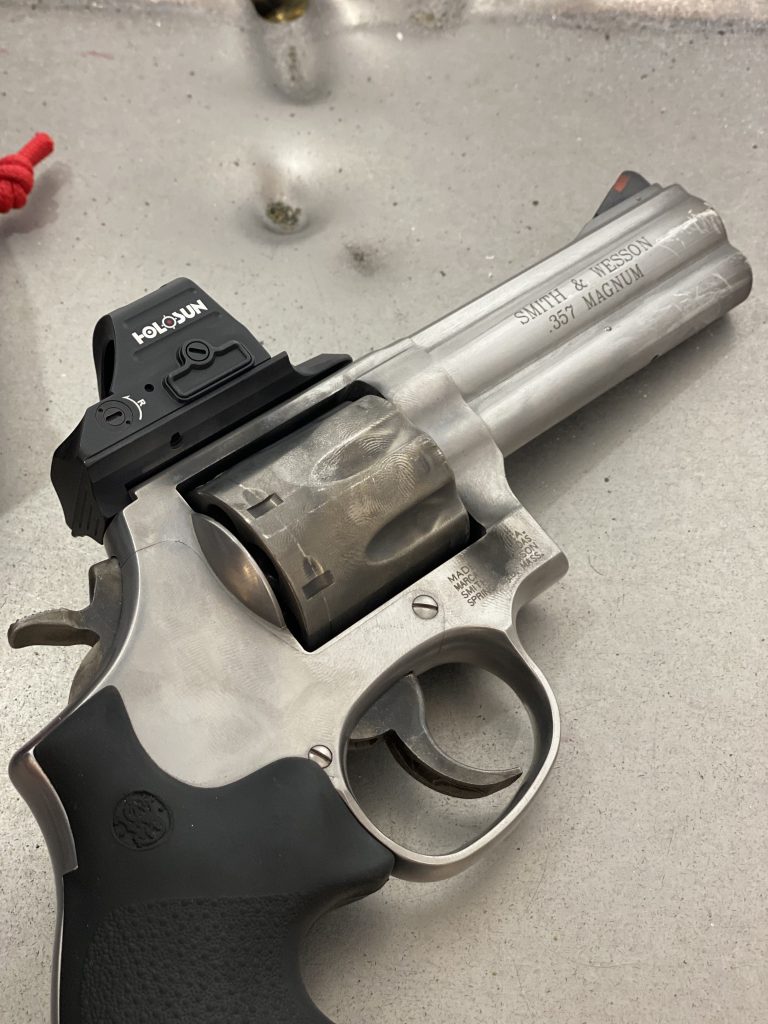
Advertisement — Continue Reading Below
Until I started shooting with dots, I had been under the impression that they were supposed to be more difficult to shoot with than they really are. This came from all manner of chatter I had been hearing online over the years and also because I see many new people are not only confused but also intimidated by them. I was certainly intimidated which is why it wasn’t until the spring of 2023 that I bought my own first red-dot sight (for my Smith & Wesson 686-5 no less). Between the different makes and models of dots, their footprints and mounting schemes, etc — it was overwhelming. I’m glad I took the plunge and dove in headfirst, because 90% of what I write concerns handguns and being a writer that’s ignorant about dots in 2024 is foolish.
A year later, I’ve concluded that dots aren’t really that complicated. There’s no need to mentally prime new students into thinking dots are any harder than normal sights. I’ve informally and unofficially proven this too, to a degree. I was shooting with a close family member during the long Thanksgiving holiday last year, and we brought two pistols, a bone-stock Glock 19 (no dot) and one of my Walther PDPs with a dot. He knows next to nothing about dot-shooting and doesn’t care because it’s not his thing. Yet, it was easier for him to make basic shots with a dotted PDP compared to the iron-sighted Glock 19. We were shooting at a 5-inch circle at 5 yards, nothing too complex.
Next time I have the chance to run this informal experiment with another “non-gun” person, I shall. This isn’t to say that the right coaching could help a new dot-shooter perform and understand their sighting system better, but it’s also not that complicated.
Advertisement — Continue Reading Below
Pay The Dot No-Mind
In hindsight, I know that avoiding and ignoring all the noise concerning dots was helpful to me because when I started shooting red-dots, I did so without overthinking (something I’m typically guilty of) and without any mental baggage of what dot-shooting was supposed to be. I was already tuned into the concept of target-focusing and it’s something I already observe with iron sights. This leads to the next point I wanted to make, actually.
Treating Red-Dots & Sights The Same
Even before I bought my first dot, I made the decision to treat dots and iron sights exactly the same way due to target-focusing. By treating iron sights and dots the same way, it also makes it extremely easy to switch gears between the two. In the end, they’re just two different means to do the same thing with the handgun. Both are merely alignment-reference interfaces for guns, regardless of how short or all they are or how they’re fastened to the gun. Though red-dots and sights are fundamentally the same, the one aspect in which they differ is their presentation on the draw–even when conjoined to the same gun. This is non-negotiable and there’s no getting around this. Some bit of work will be required for presentation, namely drawing and pointing. Fortunately practicing this in dry-fire is free.
The Dot As Your Personal Coach
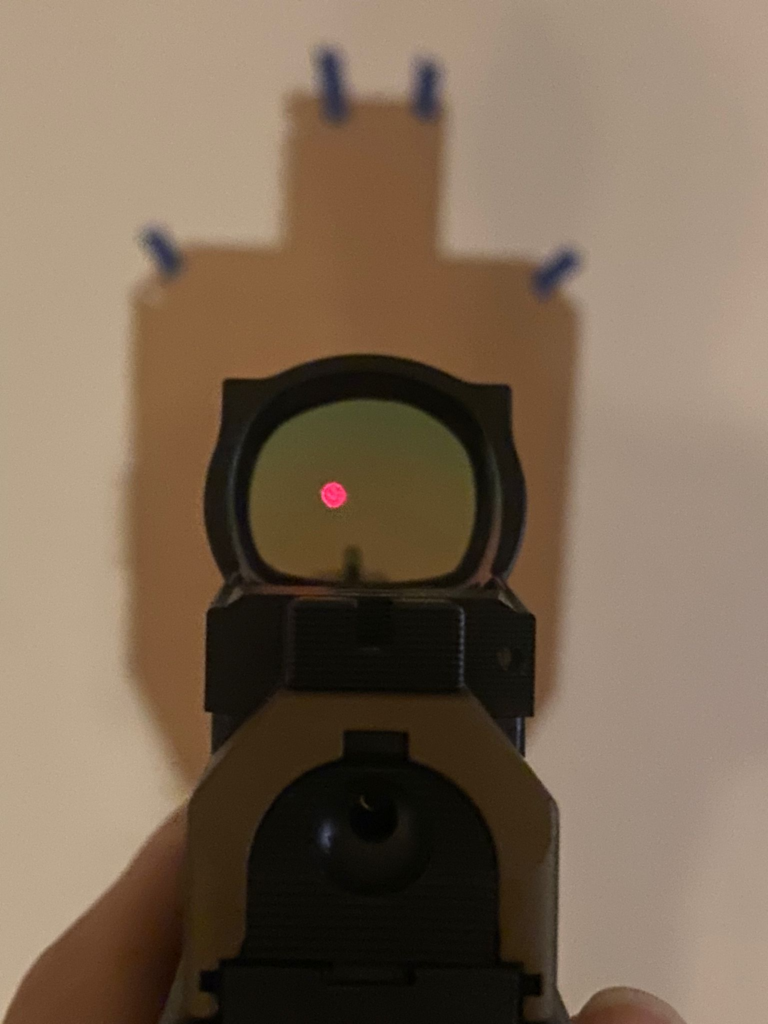
Advertisement — Continue Reading Below
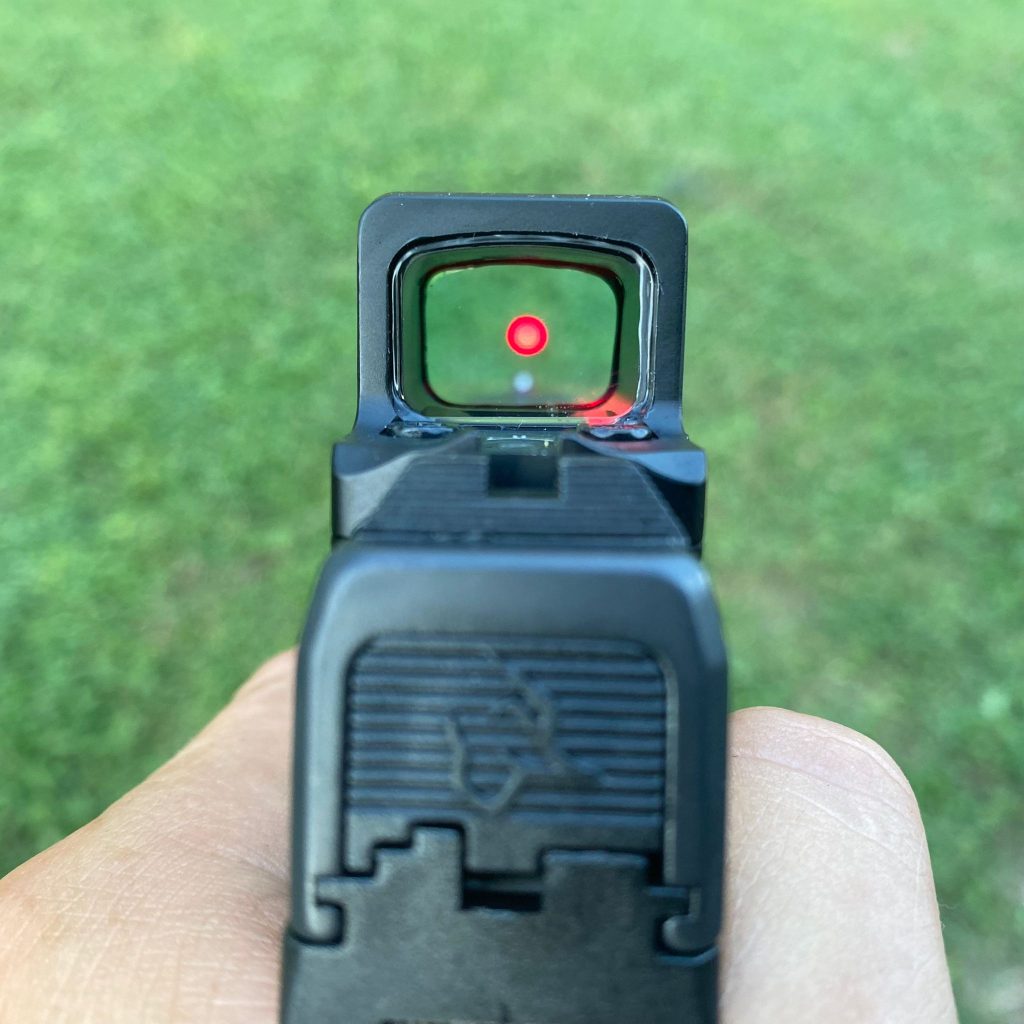
In addition to making shooting easier, dots provide excellent feedback with regards to handgun control, grip, trigger manipulation, slide tracking, etc. For example, the Ameriglo Bold front sight on my carry-gun (Glock 45) is .140” wide. When the gun is fully extended in hand, the front-sight measures approximately 17.2 MOA. On the other hand, most dots measure between 2-6 MOA which is considerably smaller than my front sight . This is why I can perceive certain nuances and micro-movements during shooting or dry-fire when practicing with a dotted pistol. Doing so to the same extent would be visually impossible with the aforementioned carry-gun.
This level of feedback allows one to tweak and modify things like grip pressure and trigger manipulation and see (and practice) how the dot reacts in real time. From a self-training and dry-fire perspective, this is invaluable. After training with both Green Ops and Hunter Freeland and learning about the importance of support-hand pressure, I’ve been relying on this more than ever before.
Advertisement — Continue Reading Below
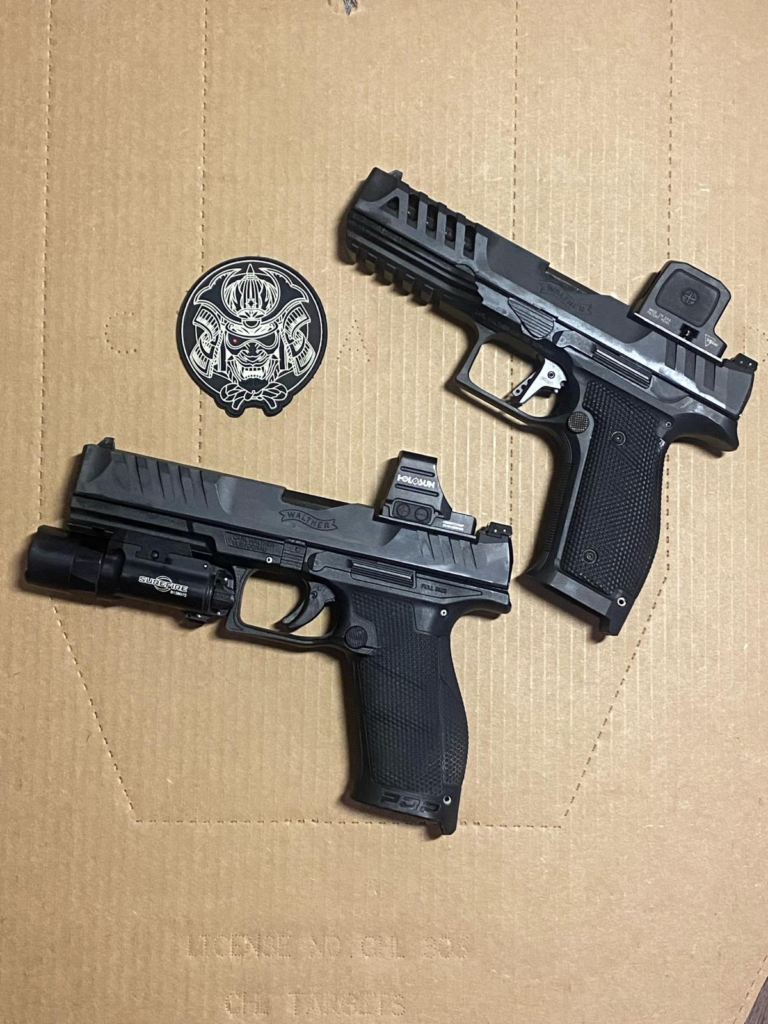
Mounting Hygiene
This sub-topic warrants its own feature length-article, as understanding footprint patterns, screws, thread pitch, threadlockers, mounting plates, torque values, etc is critical for dot success. I’ve seen both plate-mounted and directly mounted dots fail and fall off in the middle of USPSA stages. And I’ve also experienced loose screws falling out never to be seen again. Besides the practical aspects of dot-shooting, understanding how dots are properly mounted is crucial to successfully shooting with them.
A year later, I’m of the opinion that the lack of proper mounting protocol is actually one of the largest frustrations new shooters face with dots, especially in terms of reliability and confidence in their gear. I’ve derived this take from not only my own observations out in the real world, but because of my personal involvement and the fact that I must mount all manner of red-dots in various permutations on firearms from various makes and models. If someone like myself who does this frequently enough needs to pay close attention, then I can see how some subtle details could slip by someone else who isn’t used to mounting optics on a regular basis. Furthermore, sometimes the supplied hardware and/or instructions aren’t up to the task. I’ve definitely had to get creative to make things work.
Advertisement — Continue Reading Below
Closing Thoughts


There’s no such thing as a free lunch. Yes, there’s a bit of a learning curve to dot-shooting and dot improvement, but it doesn’t have to be complicated. The honest truth is that most of it can be absorbed and worked on with frequent and meaningful dry-fire practice
Advertisement — Continue Reading Below
I won’t dispute that dots truly are a performance booster, and they certainly facilitate longer distance shots. Notice for example how shooting NRA B-8 targets at 25-yards reached a fever pitch after the “fad” of dotted guns took off. This is why I think that anyone truly interested in performance pistolcraft ought to shoot with dots if they don’t already. As I keep learning, exploring and asking more questions, I’ll keep writing about life with dots.



